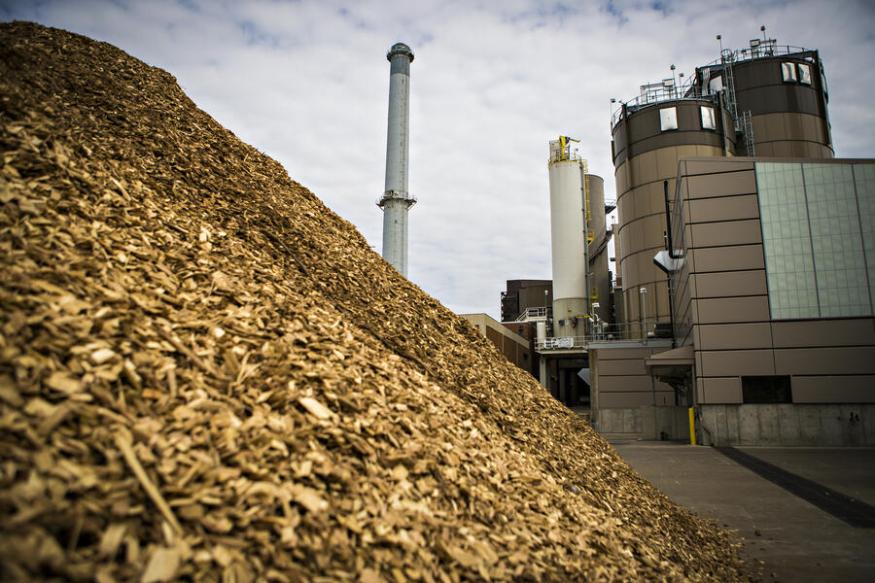Is Biomass Energy Viable for Large-Scale Power Generation?
As the world grapples with the challenges of climate change and the need for sustainable energy sources, biomass energy has emerged as a potential solution. Biomass, derived from organic materials such as plants, animals, and waste, can be converted into electricity, heat, and transportation fuel. However, questions remain about its viability for large-scale power generation.

Advantages Of Biomass Energy
- Renewable and Sustainable: Biomass is a renewable resource that can be replenished naturally. Unlike fossil fuels, which are finite, biomass can be continuously harvested and utilized.
- Reduces Carbon Emissions: When biomass is burned, it releases carbon dioxide into the atmosphere. However, this carbon is offset by the carbon absorbed by the plants during their growth. As a result, biomass energy is considered carbon neutral.
- Versatile Applications: Biomass can be used to generate electricity, heat, and transportation fuel. This versatility makes it a valuable energy source for various sectors.
- Supports Local Industries and Creates Jobs: The production and utilization of biomass energy can support local industries and create jobs in rural areas.
Disadvantages Of Biomass Energy
- Limited Availability of Sustainable Feedstocks: The sustainability of biomass energy depends on the availability of sustainable feedstocks. Large-scale power generation requires vast amounts of biomass, which can lead to deforestation and other environmental concerns.
- High Cost of Production: Compared to other energy sources, biomass energy is relatively expensive to produce. The cost of feedstock collection, transportation, and conversion can be significant.
- Environmental Concerns: The burning of biomass can release pollutants such as particulate matter and nitrogen oxides. Additionally, the cultivation of feedstocks can lead to soil erosion and water pollution.
- Requires Large Amounts of Land: The production of biomass feedstocks requires large amounts of land, which can compete with other land uses, such as agriculture and conservation.
Technological Developments And Innovations
Despite these challenges, technological advancements are addressing the limitations of biomass energy. Research is focused on:
- Improving Feedstock Production and Conversion Technologies: Advances in feedstock cultivation, harvesting, and conversion technologies are increasing the efficiency and sustainability of biomass energy production.
- Developing More Efficient and Cleaner Burning Systems: New combustion technologies are being developed to reduce emissions and improve the efficiency of biomass energy systems.
- Research on Sustainable Feedstock Sources: Researchers are exploring alternative feedstock sources, such as waste materials and non-food crops, to minimize the environmental impact of biomass energy.
Case Studies And Examples
Several successful large-scale biomass energy projects demonstrate its potential. For instance, the Drax Power Station in the United Kingdom has converted from coal to biomass, reducing its carbon emissions by over 80%. Other projects, such as the Alholmens Kraft power plant in Sweden, utilize waste materials to generate electricity.
Policy And Regulation
Government support and regulations play a crucial role in the development of biomass energy. Subsidies and incentives can encourage investment in biomass projects, while environmental regulations ensure sustainable practices.
Future Prospects

The future of biomass energy for large-scale power generation is promising. Projections indicate that biomass could contribute a significant share of global energy supply by 2050. However, challenges remain, including the need for continued research and development, sustainable feedstock management, and supportive policy frameworks.
YesNo

Leave a Reply